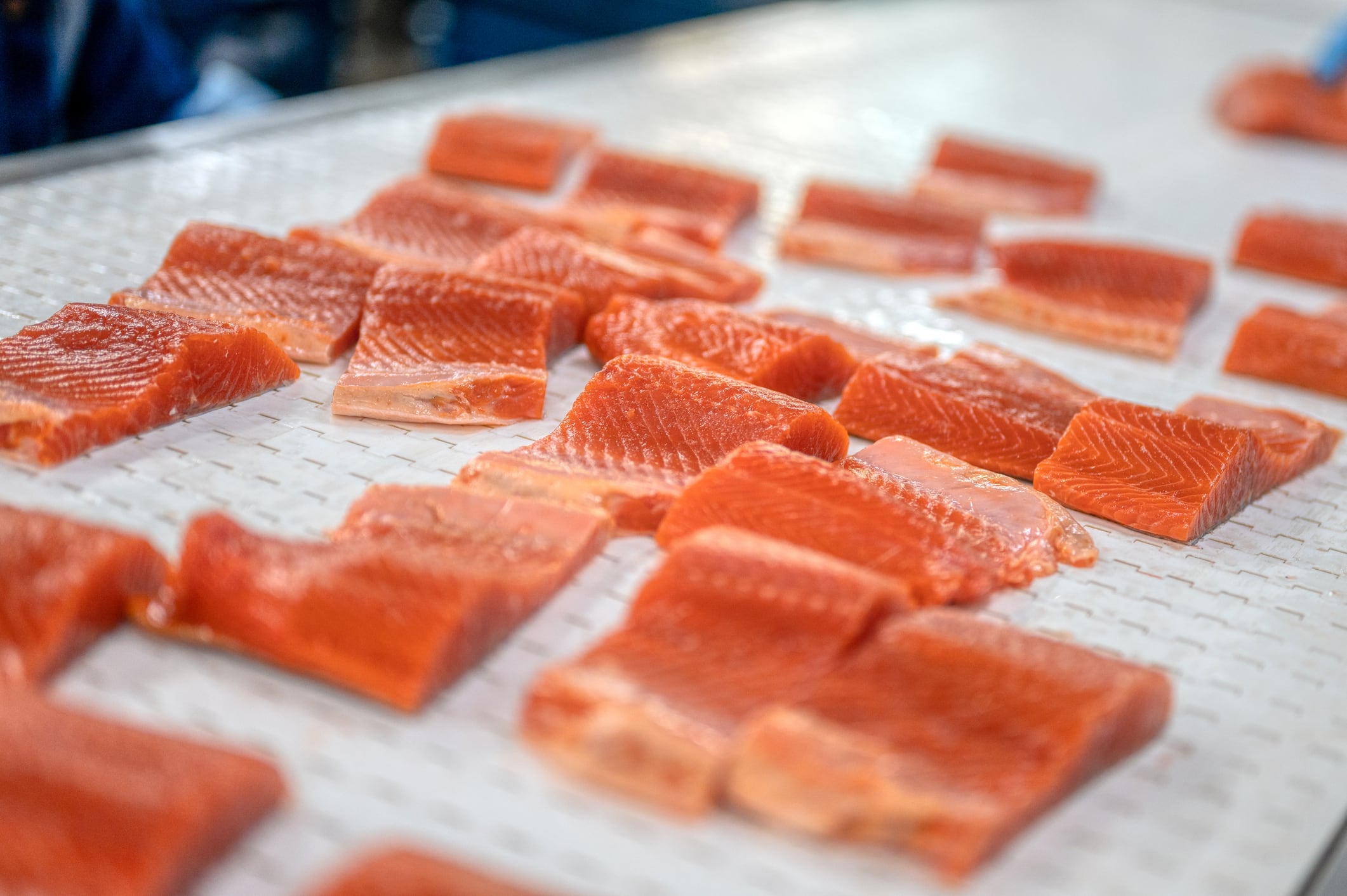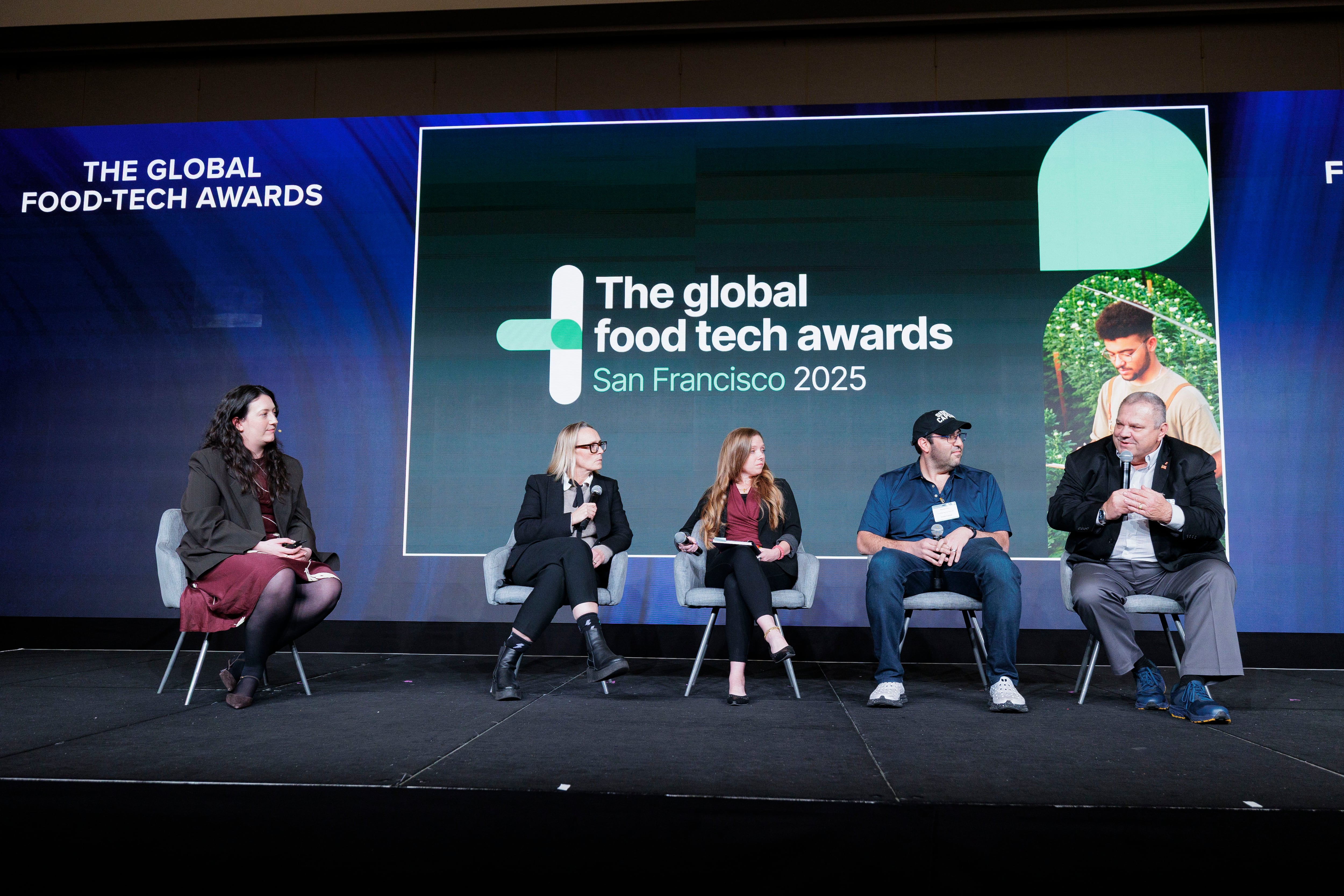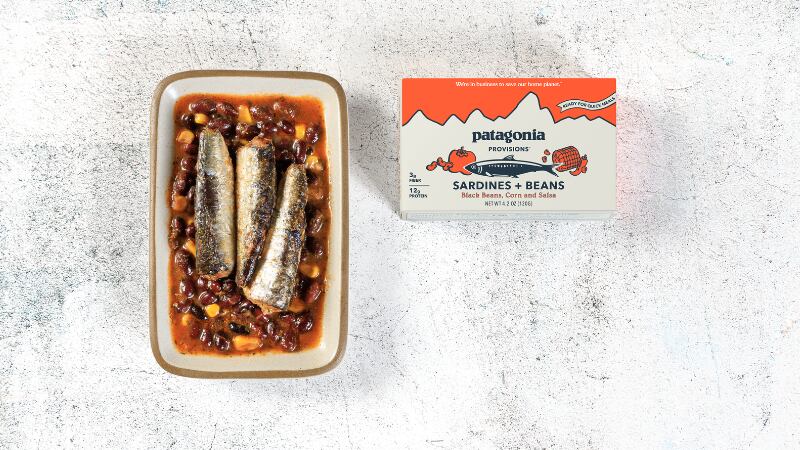Startup Forsea Foods is creating cell-cultured seafood more sustainably and affordably thanks in part to groundbreaking scientific and technological advancements that allow it to produce cells at record breaking density.
At the same time, the company is proving itself as an organoleptic leader in the space through exclusive tastings around the world and collaborations with renowned chefs, who have played a key role in refining the product’s taste and texture.
The company’s ultimate goal is to produce “delicious, affordable food” more sustainably – an ambitious goal shared by many in the nascent cell cultivation section and one that remains elusive for many players. However, in the past year and a half, Forsea has made strides – steadily surpassing multiple milestones, beginning with increased cell density, which company Co-founder and CEO Roee Nir says unlocks enhanced efficiency, reduces costs and paves the way for large-scale production.
He explained the company recently reached cell densities exceeding 300 million cells per milliliter – the highest efficiency recorded in the industry – thanks to its unique organoid technology. This in turn enhances efficiency and dramatically reduces production costs so that making cell-cultured seafood could more quickly become economically viable, he added.
“The common practice of cultivated meat production is to use single cell suspicion in different bioreactors and use scaffolding processes and these process are very complex and expensive,” Nir explained.
“What we do, on the other hand, is we build organoids that spontaneously differentiate to the edible cells altogether,” he explained.
“Our organoids are naturally composed of fat, muscle and, of course, the connective tissue,” which allows the company to skip the scaffolding and save on input costs and CapEx expenses, he added.
In addition, the organoids “produce much of the growth factor themselves,” which allowed the company to reduce media costs by five times in the past year, Nir said.
“We need to change the media in our bioreactor only once, while in other processes that tends to be far higher numbers,” he explained.
This also allows the company to continuously harvest cells, he added, noting other companies tend to work in batch or semi-batch processes.
“That is why we were able to reach cell densities of even more than 300 million cells per milliliter,” he explained.
Forsea plans production facility and initial product launch
The next major milestones for Forsea are to build a commercial production plant in Japan, from which it can launch its first product – cell-cultured unagi – pending regulatory approval.
“We are looking to launch the first product within two years. The system that we have developed that is composed of a setting that allows our cell lines to aggregate as organoids and then to proliferate in large quantities creates a very robust system that allows us to reach these achievements,” Nir said.
As for the production plant, he said, “we have done a lot of work to design the plant and we are ready to embark on building our production facility.”
Taste-tester approved
The company is confident consumers will eagerly try its cell-cultured seafood based on several exclusive tasting events it has hosted in the past year and a half and results from consumer surveys it conducted in Japan in January.
Forsea hosted a “sensory evaluation” event in Japan earlier this year at which it was not allowed to have participants taste its eel, but they could see it prepared and smell it. A corresponding nationwide survey conducted by Forsea in Japan in January found 35% of Japanese consumers are aware of cell-cultured seafood and willing to try it, 25% are eager to taste it regardless of price and 50% already consume eel at least once per year – underscoring the cultural relevance of the company’s first planned product.
The company also offered “first bites” of its cell cultured seafood to a select group at Future Food-Tech San Francisco, including a sample of the cultivated eel with the eel cells and two samples using white fish cells, including a fish katsu and a traditional Israeli dish of a kebab in a pita.
“These dishes were developed in house. However, we have collaborations with several Israeli chefs as well as Japanese chefs and also partnerships with three major Japanese corporations – one of which is the largest fish and seafood company in Japan, who is also an investor,” Nir said.
He added that these partnerships set the company up well for the debut of its first product once it clears regulatory hurdles.
Video production and editing by Caroline Rude.
The cultivated economy: B2B business models shaping the future of cultivated Foods
At Future Food Tech Chicago, cultivated meat and seafood leaders will answer big questions about the future of cultivated foods, including how to overcome scaling challenges, the latest advaces in growth media, scaffolding and cell line development and how best to move their businesses forward - as B2B or B2C providers.
Learn more about Future Food Tech in Chicago June 1-2 and register .



